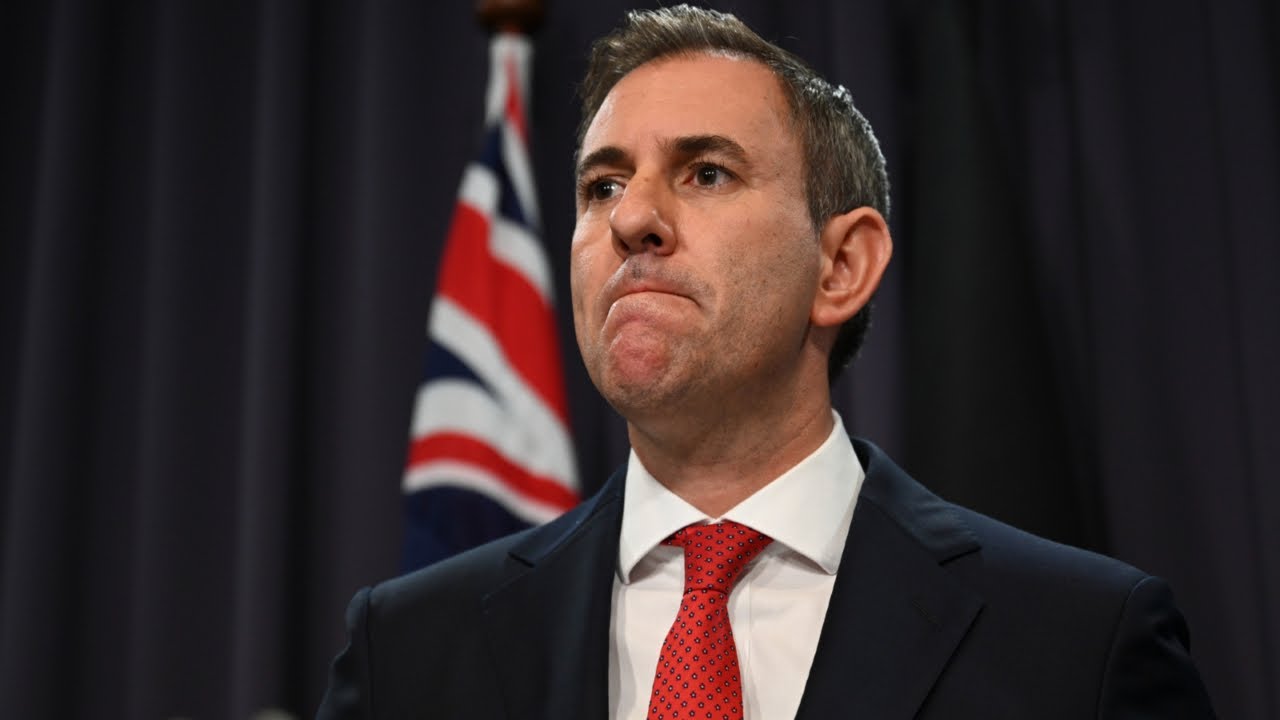Jimflation Reflects Fiscal Dominance in Low Growth Era
Core CPI (3.6%) and fiscal outlays (26.7% GDP) fuel the "Jimflation" debate. The RBA's 3.60% rate implicitly accommodates a mildly expansionary fiscal stance. Nuanced analysis shows service wage rigidity and housing supply, not just government spending, drive persistent inflation.

Australia’s domestic policy narrative has crystallized around a single term—“Jimflation.” The label reflects the opposition’s charge that elevated public spending under Treasurer Jim Chalmers is perpetuating inflation. Total government outlays now equal 26.7% of GDP, up from 24.3% pre-pandemic. Core inflation remains at 3.6%, despite weaker commodity revenues and a slowing economy. The accusation is that fiscal impulse continues to offset monetary tightening, delaying price normalization.
Yet the macro mechanics are more nuanced. Much of the expenditure growth is structural—healthcare, aged care, and defense—all rising faster than GDP. Cyclically adjusted, discretionary fiscal stimulus accounts for only 0.3 percentage points of annual demand growth. The broader inflation persistence is driven by service-sector wage rigidity and supply constraints in housing. Rents have increased 9.4% YoY amid record migration and insufficient supply expansion, while construction costs remain 28% above 2019 levels.
The RBA’s stance complicates the debate. By maintaining the cash rate at 3.60% and projecting only gradual disinflation, monetary policy implicitly accommodates a fiscal stance that remains mildly expansionary. The yield on 10-year Commonwealth bonds has hovered near 4.1%, suggesting markets perceive fiscal sustainability risk as limited. However, breakeven inflation expectations for five-year maturities remain elevated at 2.9%, implying lingering doubt about full re-anchoring.
From a capital-markets perspective, “Jimflation” captures a broader global dynamic: fiscal dominance amid post-pandemic rebuilding. Similar tensions appear in Canada and the UK, where public debt ratios above 90% of GDP constrain policy agility. Australia’s lower debt burden provides space, but credibility hinges on signaling a medium-term path to balance.
If inflation moderates to 2.8% by late 2026 as forecast, the argument may fade. But if wage growth, currently 3.8%, remains sticky, nominal GDP will keep rising faster than productivity. That could entrench inflation above target and force the RBA into a tighter-for-longer regime, flattening the sovereign curve and pressuring equity valuations.
The ultimate test lies in fiscal composition, not magnitude. Should the government channel spending into supply-side capacity—housing, green energy, digital infrastructure—the same nominal outlays could enhance potential growth rather than inflation. The trajectory of core inflation relative to output gaps by mid-2026 will determine whether “Jimflation” endures as a political slogan or fades into macro equilibrium.





